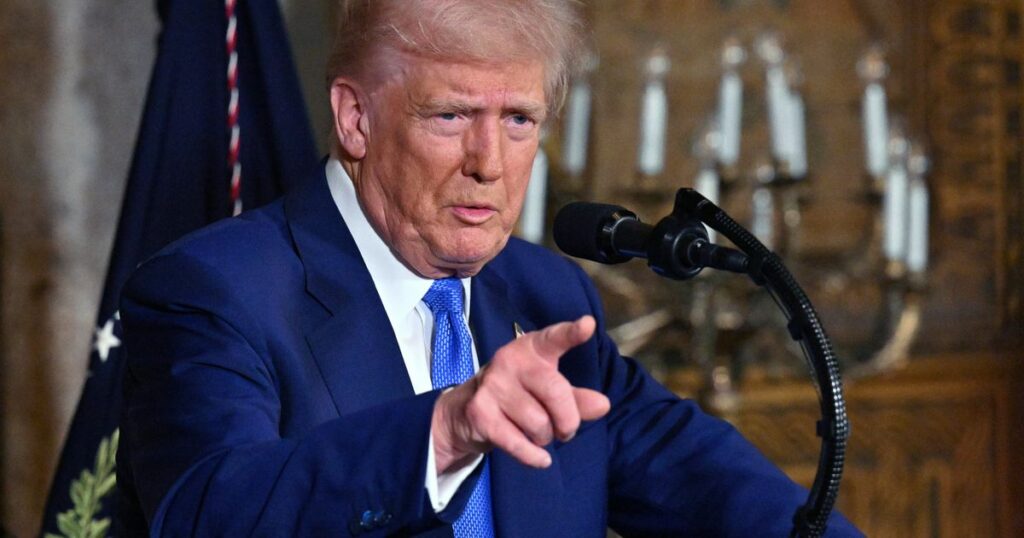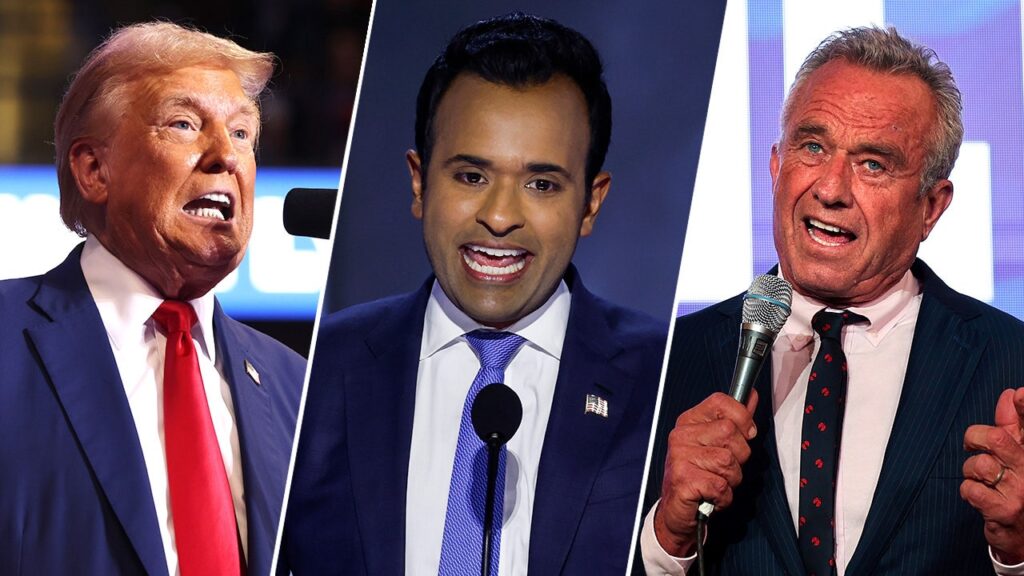President Donald Trump issued an executive order purporting to give himself and the attorney general direct authority over regulatory agencies established by Congress as independent on Tuesday night.
The order directs agencies such as the Securities and Exchange Commission, Federal Trade Commission, Federal Election Commission, National Labor Relations Board and even some aspects of the Federal Reserve to take direct orders from the president and run every regulation or action by the White House. It also states that only the president and attorney general may interpret the law for executive branch actions, in contradiction to existing law.
“The President and the Attorney General, subject to the President’s supervision and control, shall provide authoritative interpretations of law for the executive branch,” the order states. “The President and the Attorney General’s opinions on questions of law are controlling on all employees in the conduct of their official duties.”
This puts Trump in charge of a vast investigatory and policing apparatus that can launch investigations into companies, labor unions and political opponents. It also violates numerous existing laws enacted by Congress granting some degree of independence from the president to these agencies. The order can be seen as a direct attack on these laws with eyes toward the Supreme Court.
Trump and his allies are operating on the belief that the Supreme Court is on their side here. In Trump v. U.S., the court’s conservative supermajority granted the president immunity from criminal sanction for all official acts taken while in office. The court specifically cited the president’s removal power over the attorney general as an example of an official act granted by the Constitution, declaring that “the president has exclusive authority over the investigative and prosecutorial functions of the Justice Department and its officials.”

Pool via Associated Press
Since, “unlike anyone else, the President is a branch of government,” as Chief Justice John Roberts wrote for the majority, this “authority over the investigative and prosecutorial functions” logically extends beyond the Justice Department to all executive branch agencies, the Trump administration believes. This will be tested in court.
The executive order also purports to give Trump and his Office of Management and Budget the power to impound agency funds if agencies do not conform to the president’s wishes. OMB director Russell Vought now has the power to “review independent regulatory agencies’ obligations for consistency with the President’s policies and priorities,” according to the order.
“Such adjustments to apportionments may prohibit independent regulatory agencies from expending appropriations on particular activities, functions, projects, or objects, so long as such restrictions are consistent with law,” the order states.
This, too, violates the standard practice by which Congress appropriates funds to the agencies, and the president is limited in how he can claw back or refuse to spend such funds under the Impoundment Control Act. This flies in the face of decades of judicial precedent preventing the president from impounding funds appropriated by Congress. But Trump also views his ability to impound congressionally appropriated funds as his constitutional right and believes that the court’s decision in Trump v. U.S. grants him that authority.
Go Ad-Free — And Protect The Free Press
Already contributed? Log in to hide these messages.
The only carveout from direct presidential control over independent agencies in the order applies to the Federal Reserve’s power to set monetary policy through interest rates. The order does, however, give Trump the power to direct and oversee the Federal Reserve’s supervision of banks and financial institutions.
CORRECTION: This story has been amended to correct the day that Trump issued his executive order.


